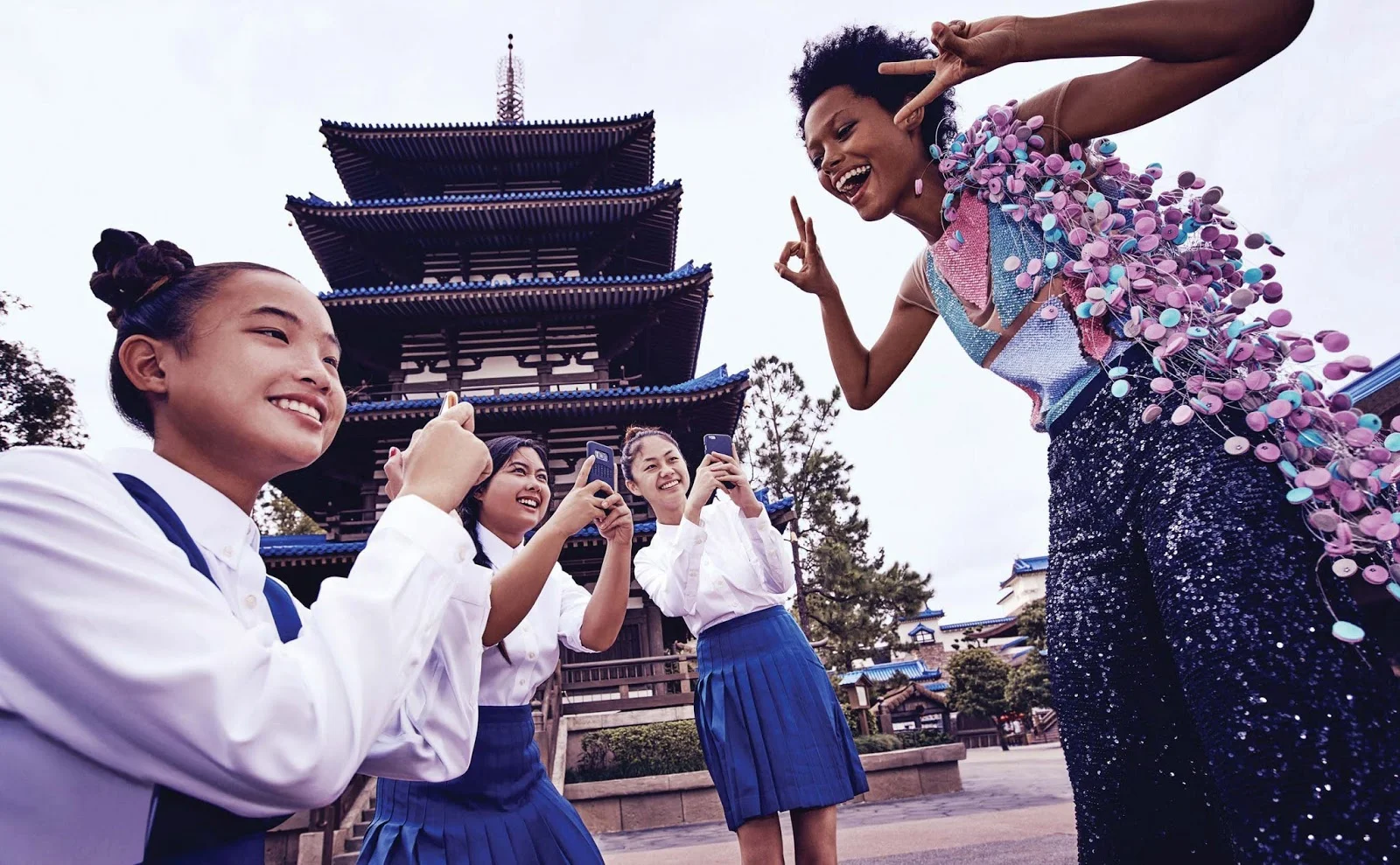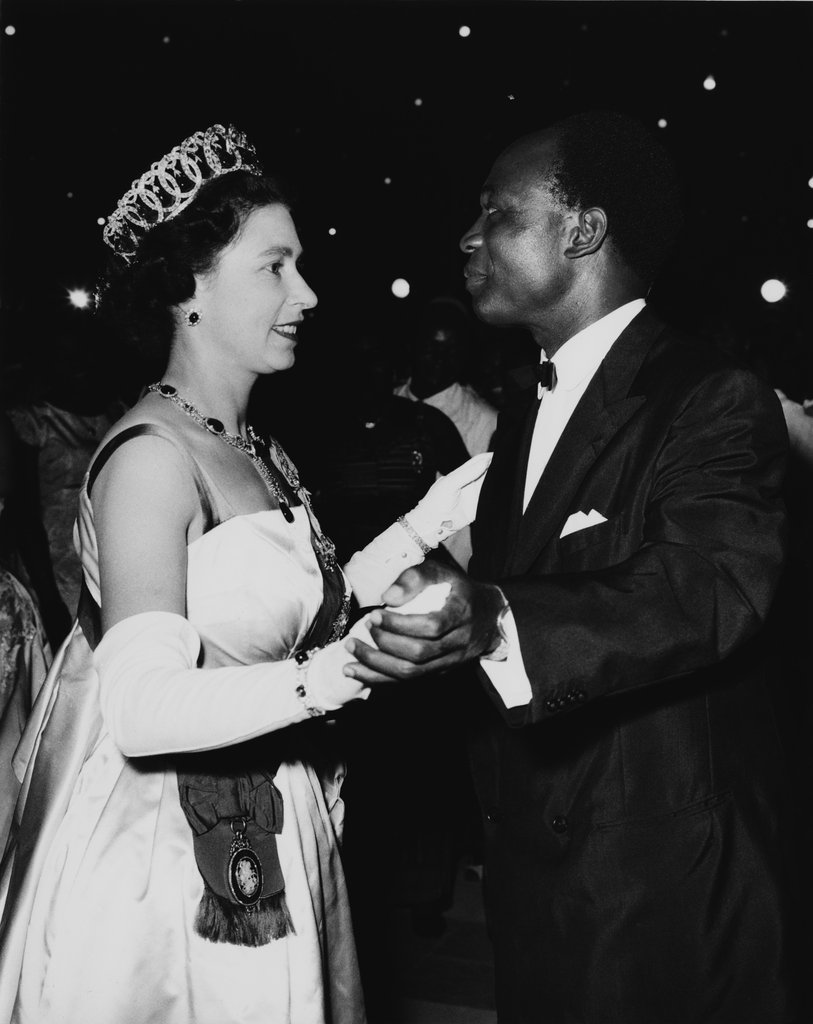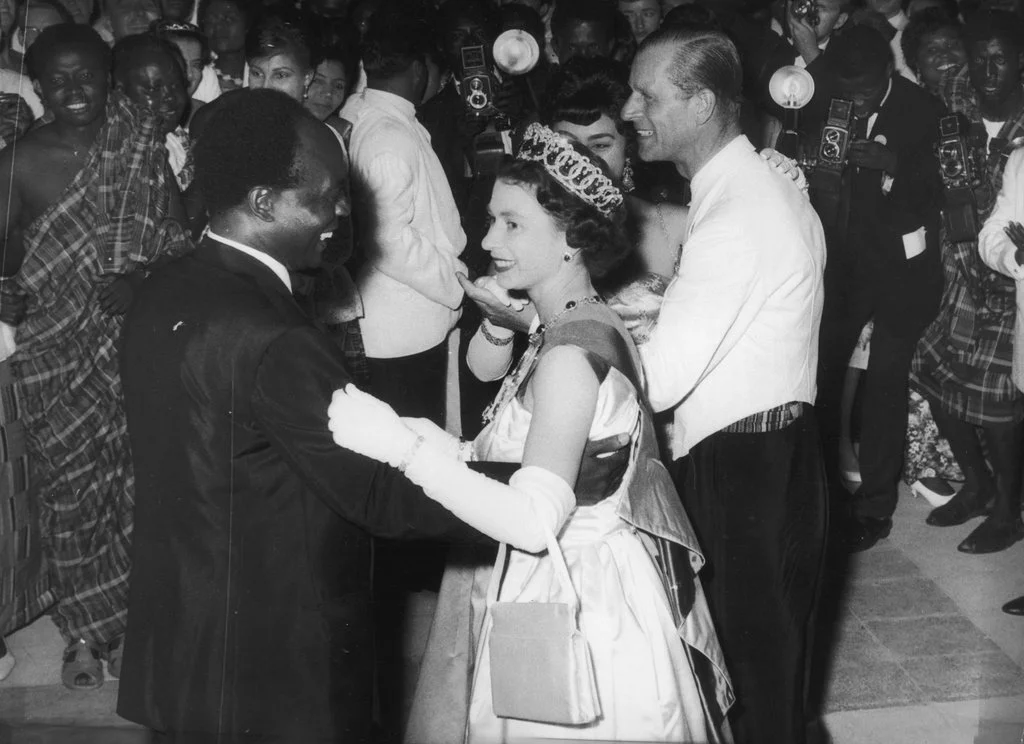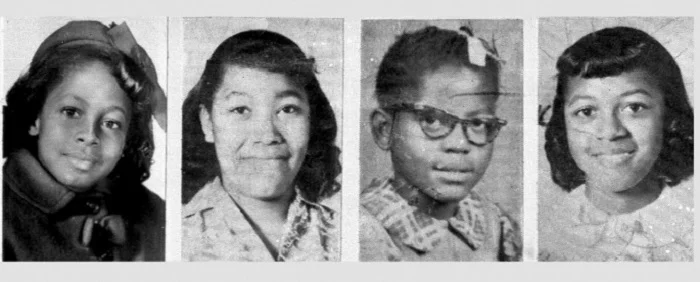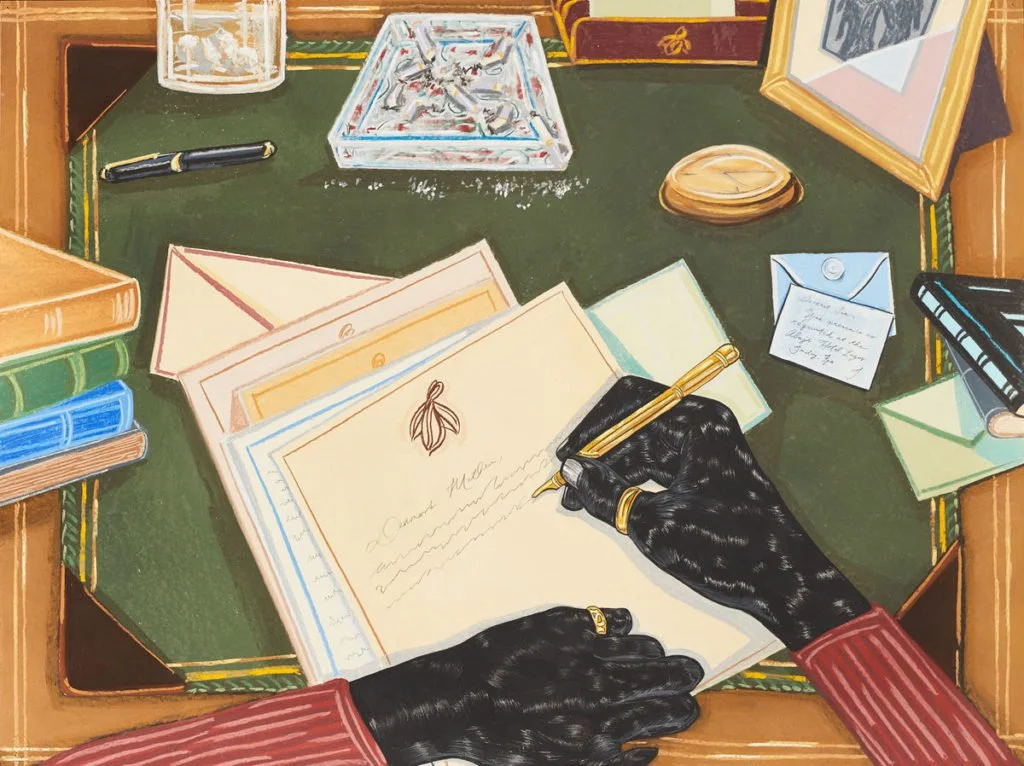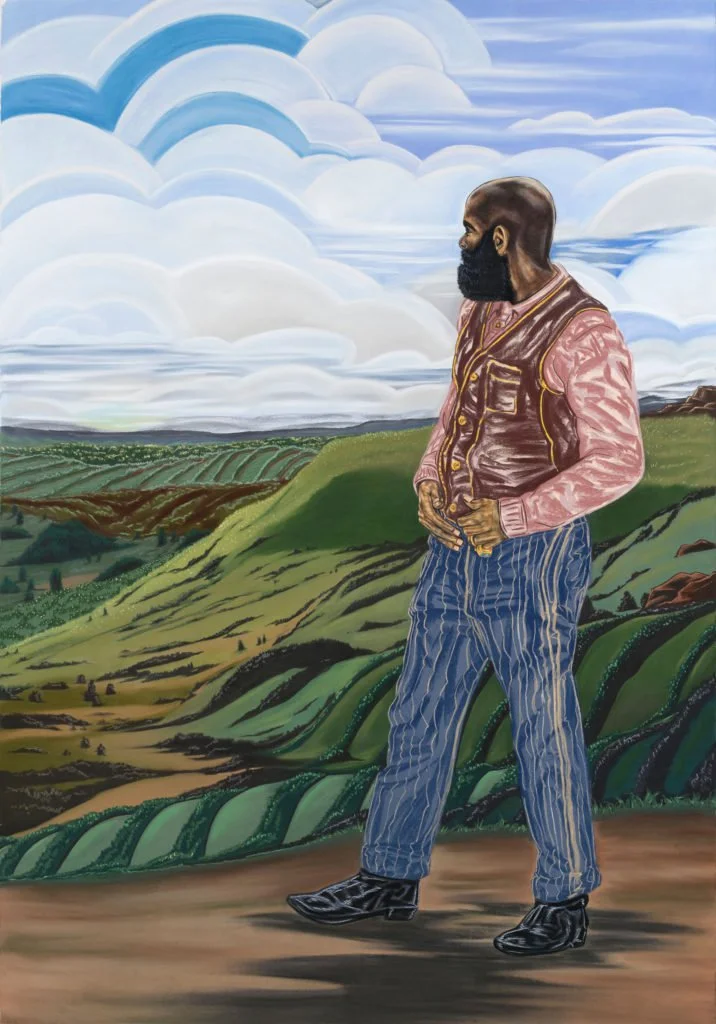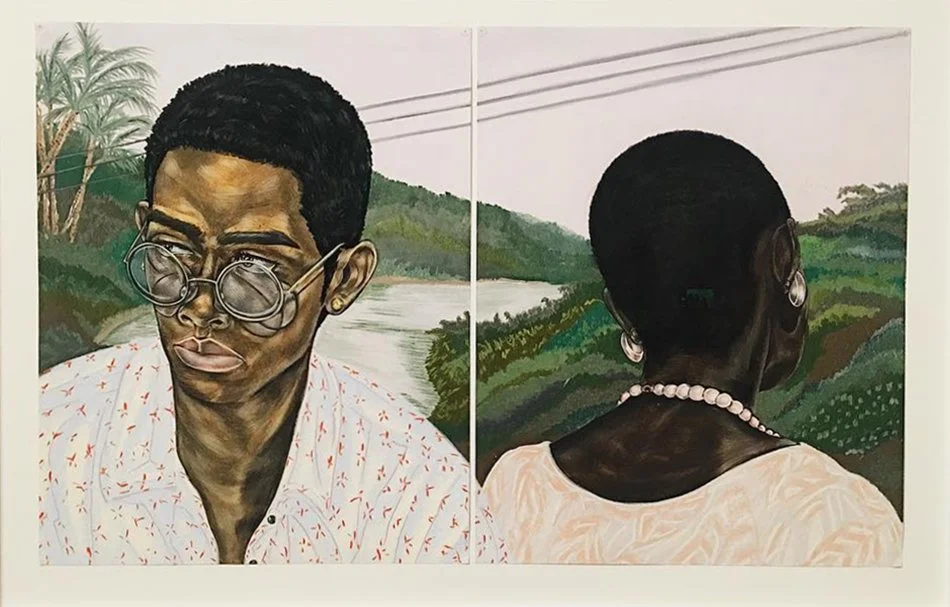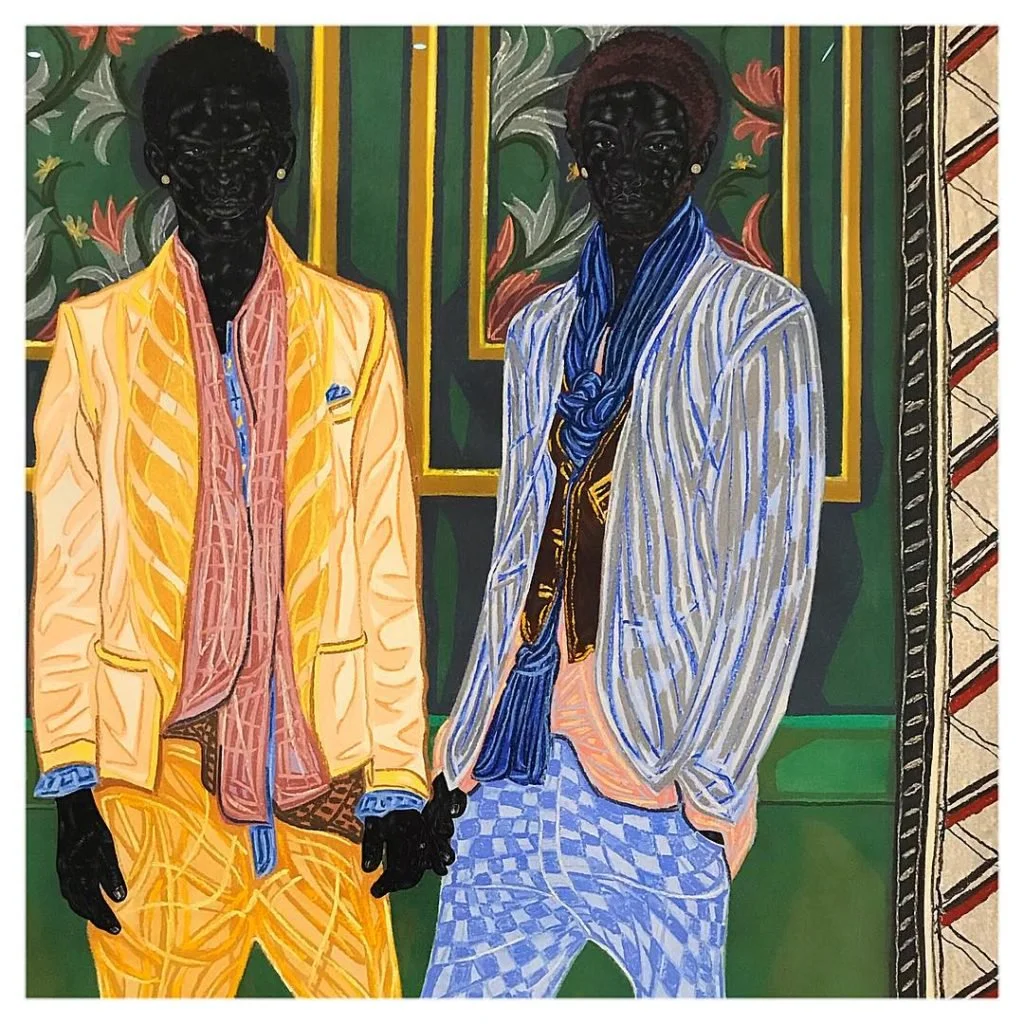Will Londone Myers and Models of Color Have Better Black Hair Support For Fall 2018 Fashion Shows?
/Rising model Londone Myers must be thrilled with her femme solo editorial 'Global Style' in the February 2018 issue of Harper's Bazaar US. The images document what I feel is a significant rise in the positive presence of women of color on the runway, in ads and headlining fashion editorials.
Fine, reports Londone, but we still have issues.
Writing for Teen Vogue in early October, 2017, Tess Garcia connected with Londone after this Instagram post documenting her Paris Fashion Week backstage experience. "The post’s caption reads, “I don't need special treatment from anyone. What I need is for hairstylists to learn how to do black hair. I'm so tired of people avoiding doing my hair at shows. How dare you try to send me down the runway with a linty busted afro. We all know if you tried that on a white model you'd be #canceled If one doesn't stand we all fall. If it isn't my fro it'll probably be yours.”
“No explanation was given at all,” she said. “There isn’t really much confronting you can do with these hairstylists. I’m not going to chastise [them], but [they] still don’t know what to do with natural hair. The other black girls at the show spoke French, so I was kind of on my own. I simply asked around the room for who did black hair multiple times and was cast aside, until they sat me in this guy’s chair who tried to send me off looking unpolished, like the other [black] girls. One of the other black models saw all of the lint in my hair and was surprised.”
“I think at moments like these we need each other as POC [in fashion]. We need a good support system within our small group- and to give a helping hand when we can,” Londone explained. “Just like Naomi paved the way for us, we should help out other girls. Even if that means handing out some edge control to another girl or helping another girl pick lint if they see any on another girl.”
The issue of natural hair ineptitude or "discrimination" as Londone sees it confirms the reality that the fashion and beauty industries still have a long way to go when it comes to fully embracing the beauty needs of people of color.
“Sometimes it really does feel like the industry just likes to categorize us by skin tone and make us feel like there is only room for one black model at a time,” said Londone. “We need to get rid of that mindset because there is room enough for all of us.”
On a side-note, Yale University's Women's Campaign School reports that 25 years later, the median age for women attending the school has dropped from mid-40s to around 30. Also different now, says Patricia Russo, who leads the school, the majority of those who enroll in the school are women of color.
Simply stated -- and thrillingly so -- women of color are on the march all over America in the terrible time of Trump. So the fashion and beauty industries in New York, London, Paris and Milan had best get their act together to meet the needs of these focused, deadly-serious young women on the move in the fashion industry. ~ Anne
